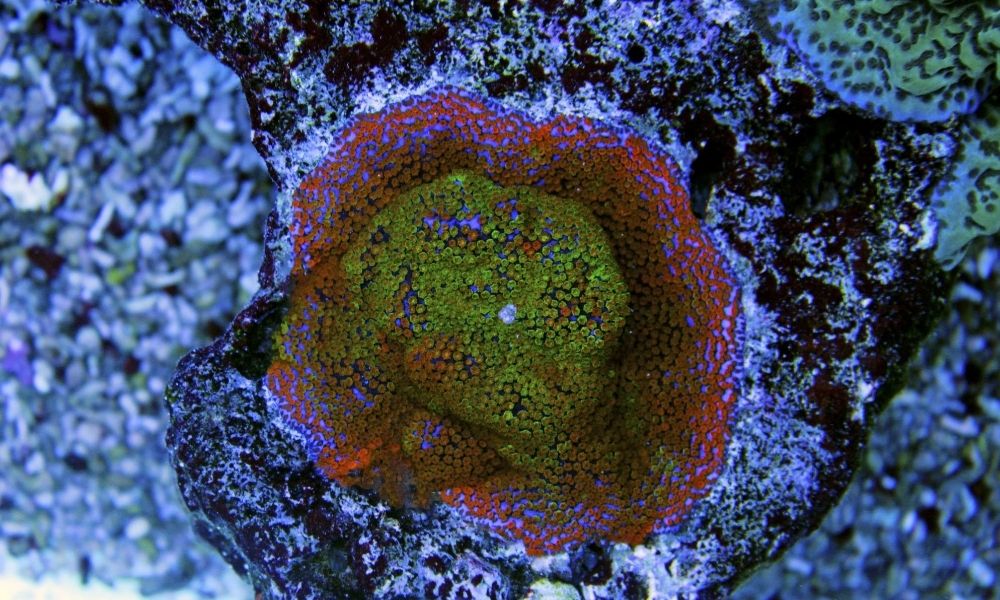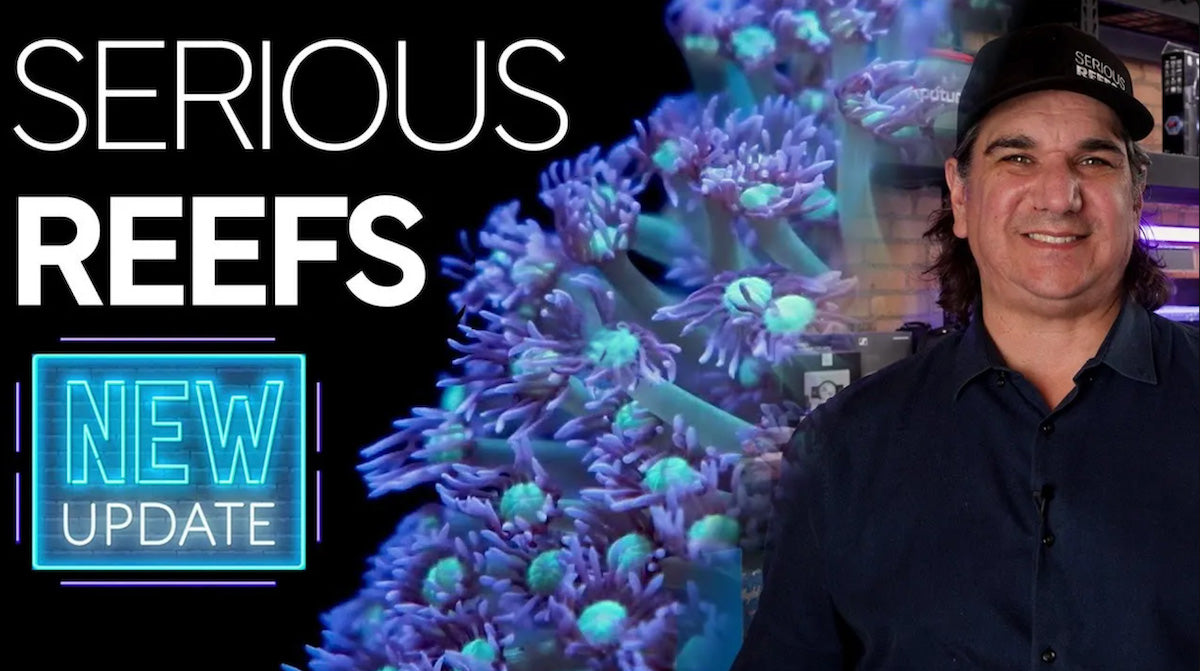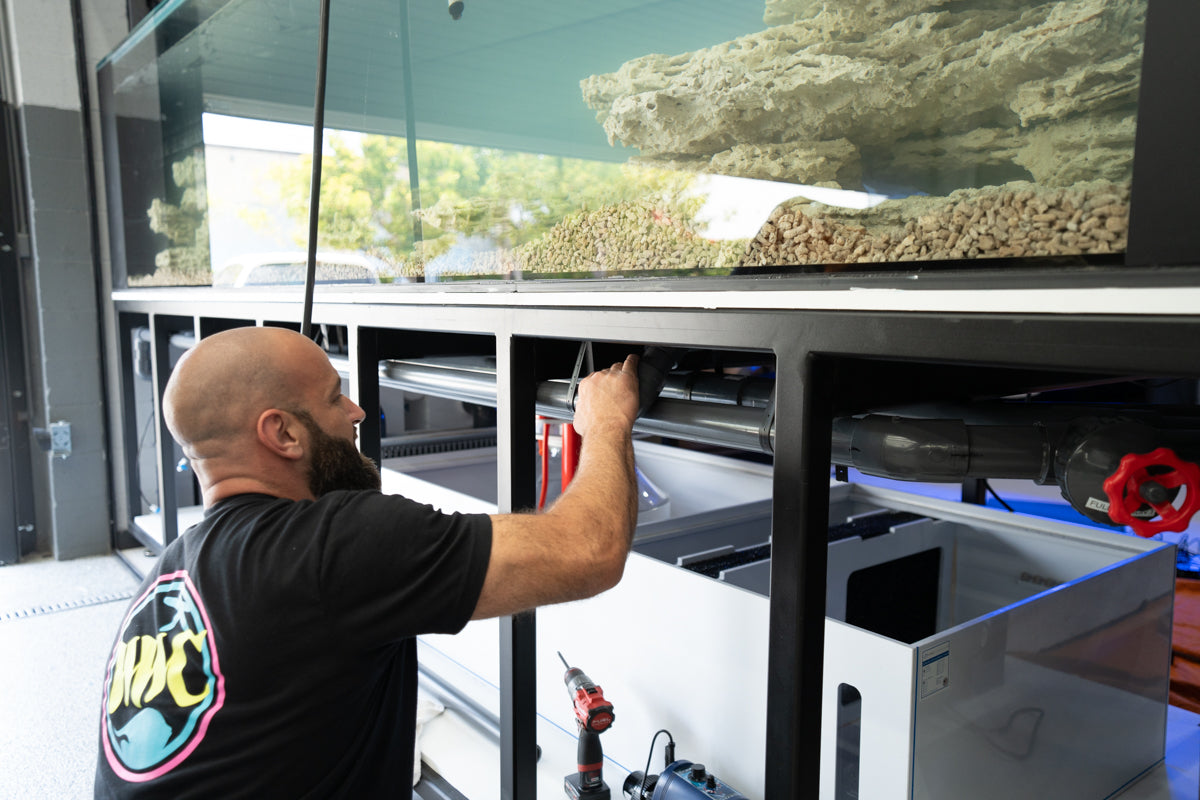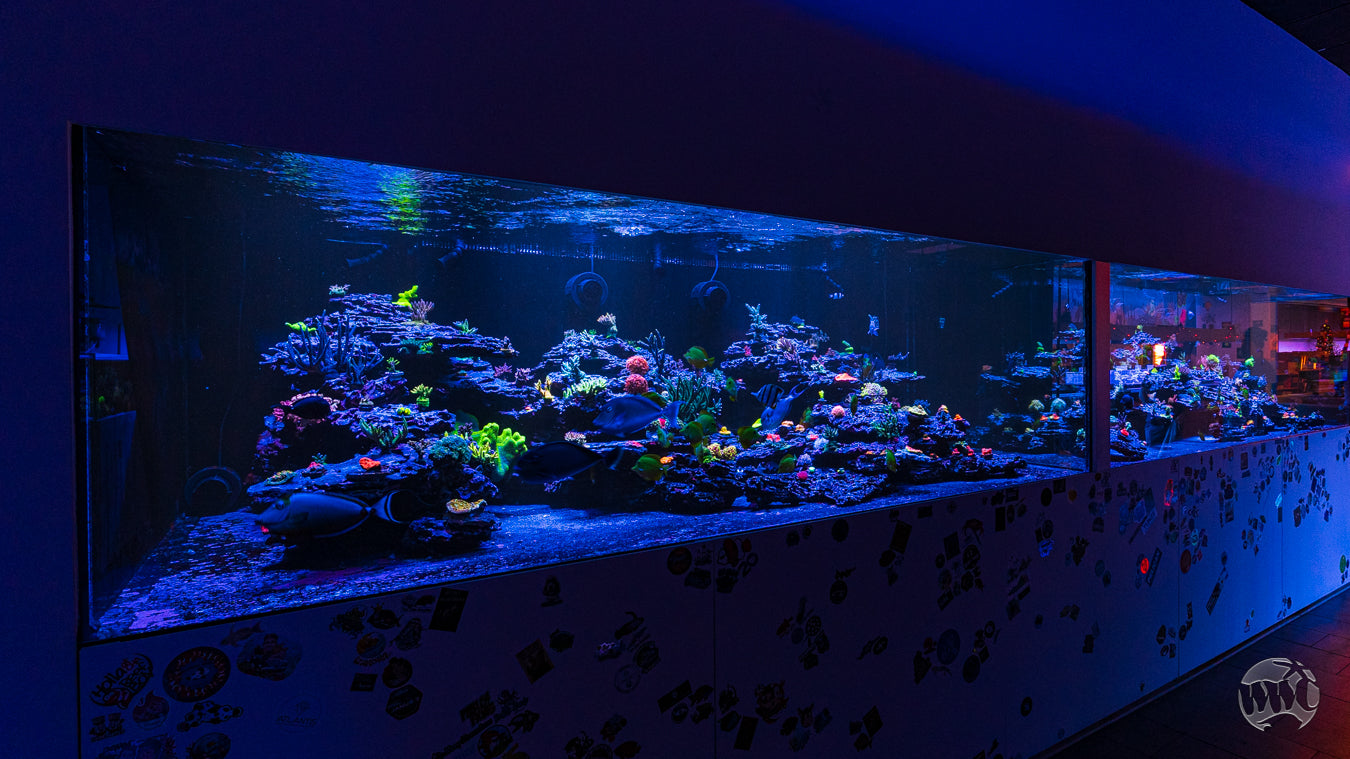
Building a new saltwater aquarium comes with a series of important choices to make. Whether it’s about what your setup will be like or what fish you want to inhabit the environment, these factors are key to the health of your tank. However, one decision often stands out among the rest during this process, and determining which choice is best can take a bit of research. Learn about wild-caught and aquacultured corals to generate the most successful and least harmful foundation possible for your latest build.
Wild-Caught Corals
As their name suggests, wild-caught corals are uprooted directly from natural coral reefs. They’re beautiful, vibrant, and—most importantly to some people—authentic. This might be considered a point of pride, but shipping corals directly from the sea comes with its share of issues and setbacks for the species as a whole. For starters, wild-caught corals are incredibly difficult to keep alive during transit to a home—and even in the tank itself. Since they’re used to very specific oceanic conditions, any fluctuation in water salinity or temperature can quickly cause the specimen to fall ill, lose its vibrant color, and ultimately die. Additionally, ripping corals directly from the environment prevents them from spreading and repopulating their species. As such, harvesting corals from the natural reefs is a very real threat to their conservation.
Aquacultured Corals
Aquacultured corals, on the other hand, are harvested from small sections of natural coral and allowed to grow in controlled conditions before being fragmented and shipped. The most important difference between wild-caught and aquacultured corals is that the aquaculture practice does little to no harm to the environment. With only a small section taken from the environment rather than the whole specimen, the natural coral is given the chance to heal itself and keep the reef alive. It’s also important to note that aquacultured corals tend to be significantly hardier and retain their color better than those plucked directly from the sea. This is because the controlled environment in which they’re farmed allows them to better adapt to living in a tank with specific parameters. They’re therefore less likely to experience detrimental side effects as the result of slight changes. Overall, for the hobbyist looking to enjoy nature without harming it, aquacultured corals are most often the best choice.
At World Wide Corals, we consider it our mission to provide each of our customers with the highest-quality 100 percent aquacultured specimens they can buy. Having collected various species of coral for 15 years, we pride ourselves on only providing the hardiest saltwater corals for your personal tank. In dedicating ourselves to this process, we seek to preserve the wonders of our natural wild reefs and keep them around for generations to come.




